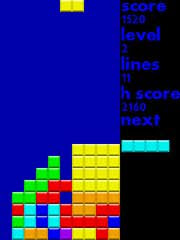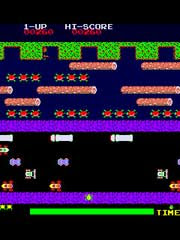Product summary
The good
The Denon AVR-2307CI is a full featured 7.1 channel A/V receiver highlighted by its ability to switch among its five HD capable inputs (two HDMI, three component). It converts all incoming analog video sources to HDMI output for a single wire connection to HDTVs. The receiver offers advanced auto setup capabilities, and it's compatible with XM's HD Surround stations and Denon's optional iPod dock.
 The bad
The bad
The potential convenience of the HDMI features is tempered by the dearth of de-interlacing, and the fact that the on screen display is visible only at 480i resolution both will prove to be an annoyance for many HDTV owners. The remote utilizes an awkward, two sided design.
The bottom line
Denon's AVR-2307CI delivers a strong combination of advanced audio and video features and high end sound quality at a great price, but its HDMI shortfalls keep it from being a slam dunk.
Specifications
Read More >>
The good
The Denon AVR-2307CI is a full featured 7.1 channel A/V receiver highlighted by its ability to switch among its five HD capable inputs (two HDMI, three component). It converts all incoming analog video sources to HDMI output for a single wire connection to HDTVs. The receiver offers advanced auto setup capabilities, and it's compatible with XM's HD Surround stations and Denon's optional iPod dock.
 The bad
The bad The potential convenience of the HDMI features is tempered by the dearth of de-interlacing, and the fact that the on screen display is visible only at 480i resolution both will prove to be an annoyance for many HDTV owners. The remote utilizes an awkward, two sided design.
The bottom line
Denon's AVR-2307CI delivers a strong combination of advanced audio and video features and high end sound quality at a great price, but its HDMI shortfalls keep it from being a slam dunk.
Specifications
- Product type : AV receiver
- Sound output mode : Surround Sound
- Built in decoders : DTS-ES Discrete 6.1, DTS Neo : 6, Dolby Digital, DTS 96/24, Dolby Digital Surround EX, Dolby Pro Logic IIx, DTS-ES Matrix 6.1
- Price range : $399.00










































